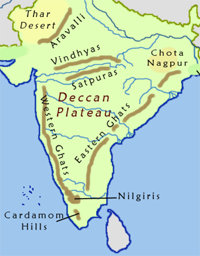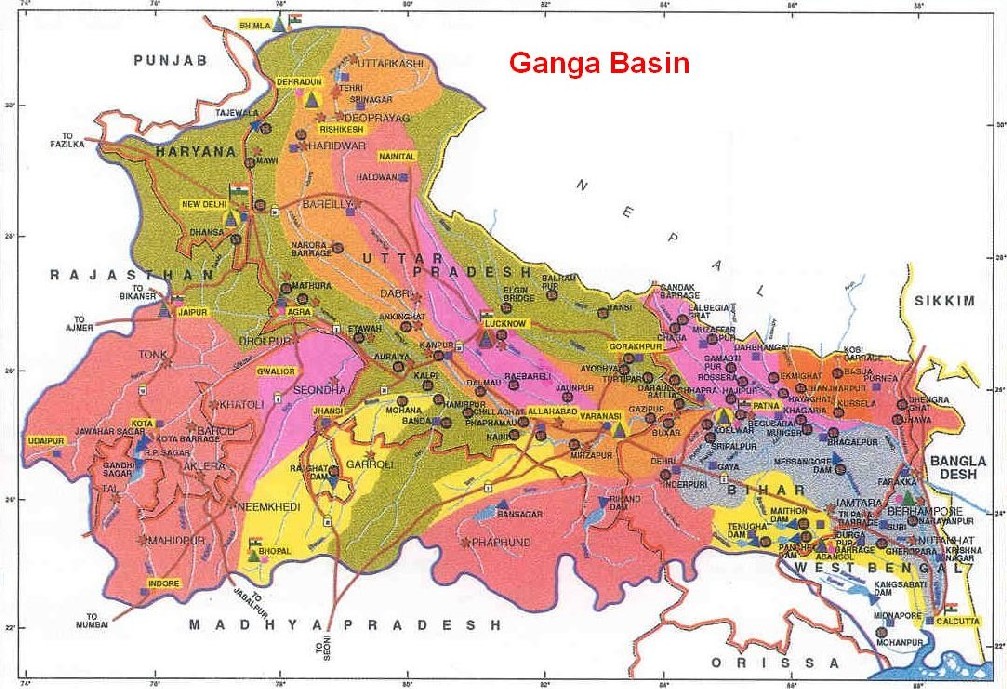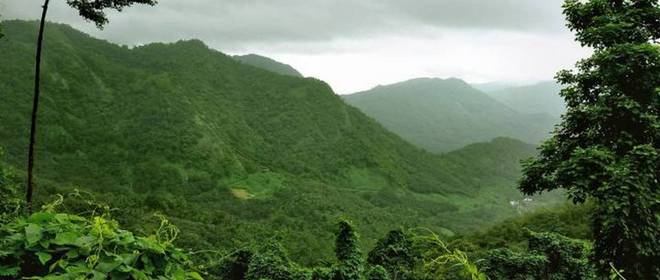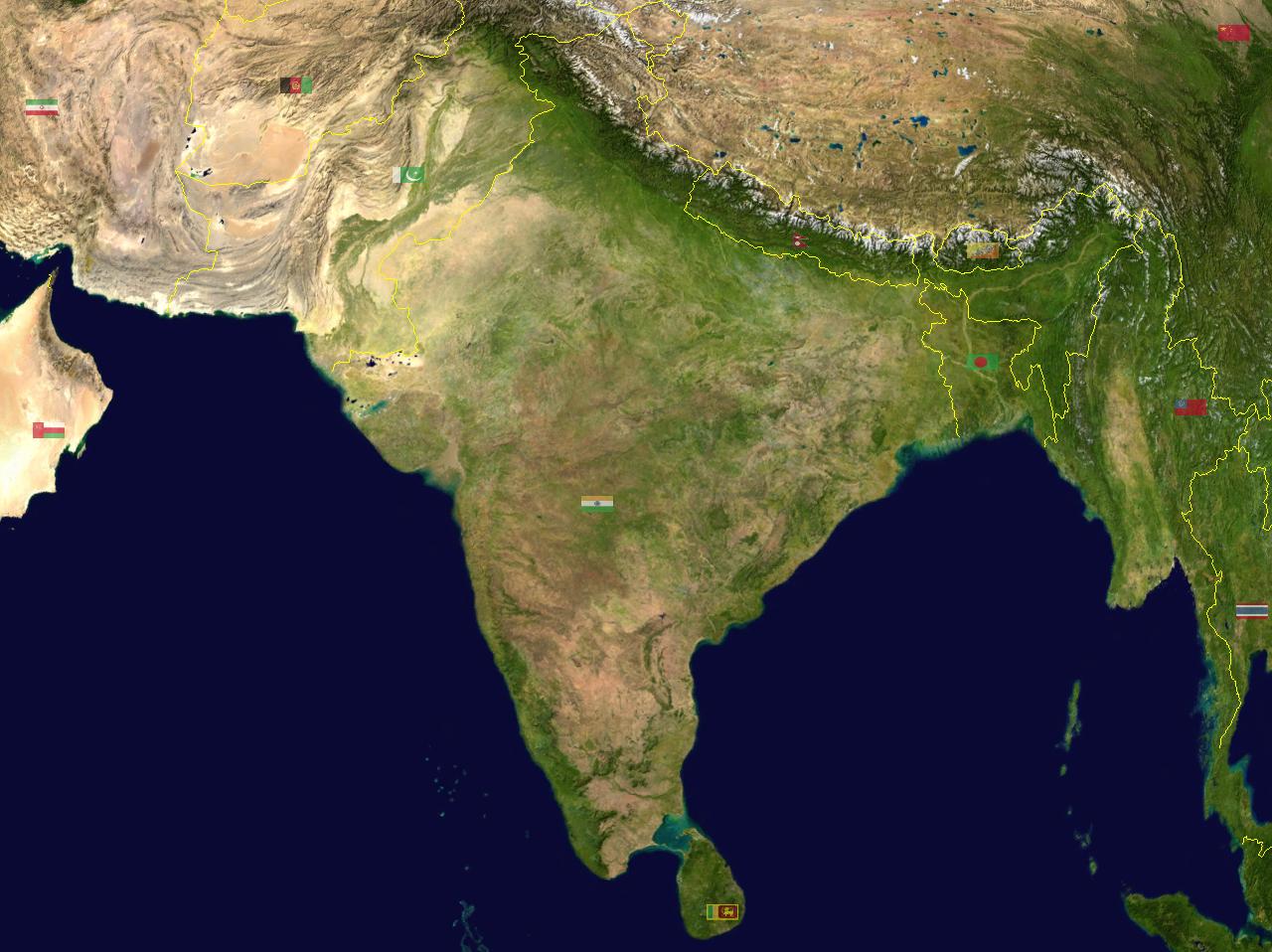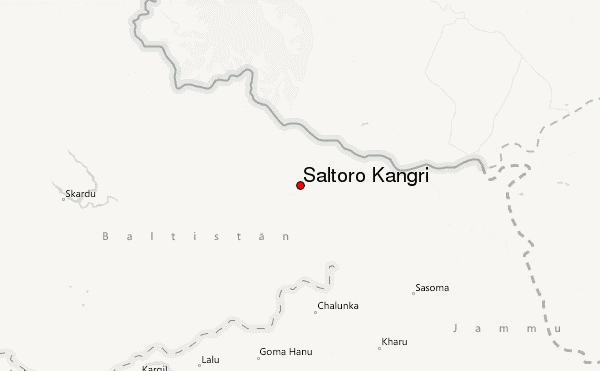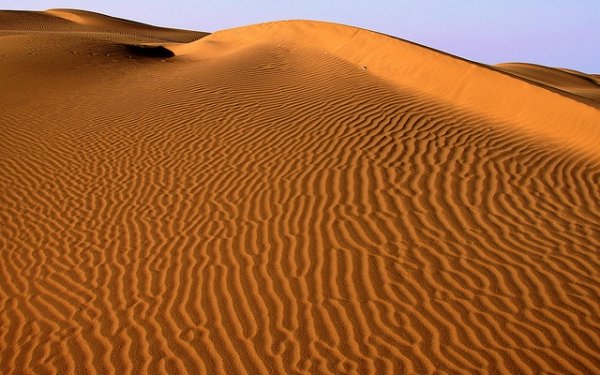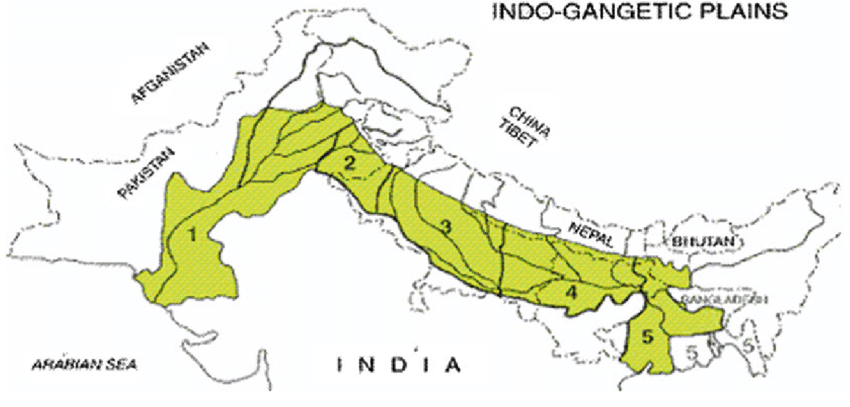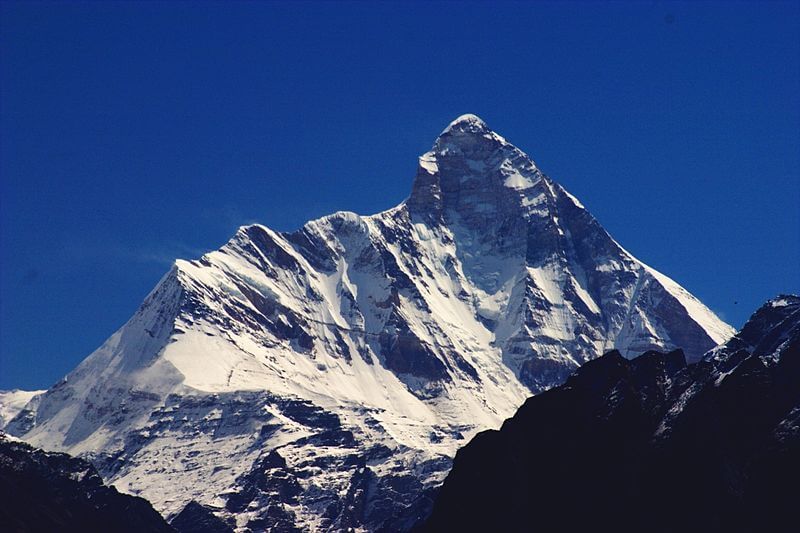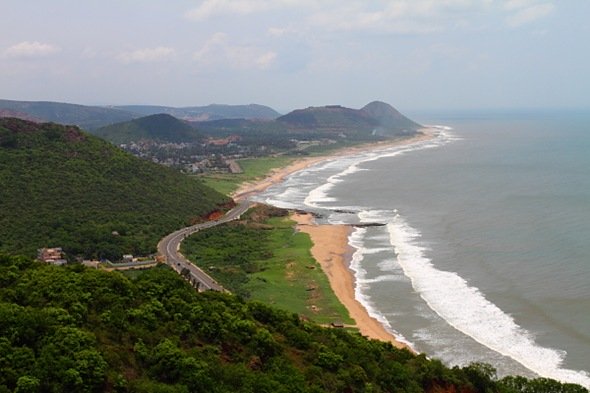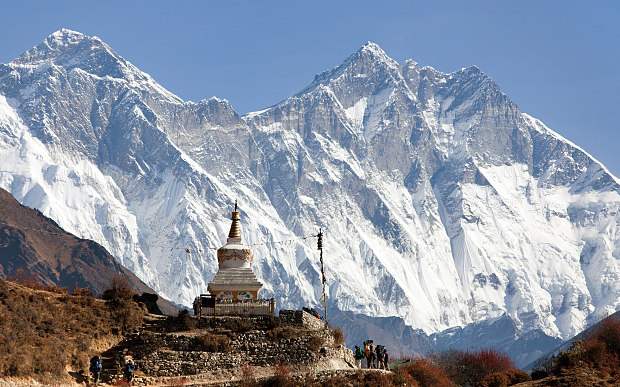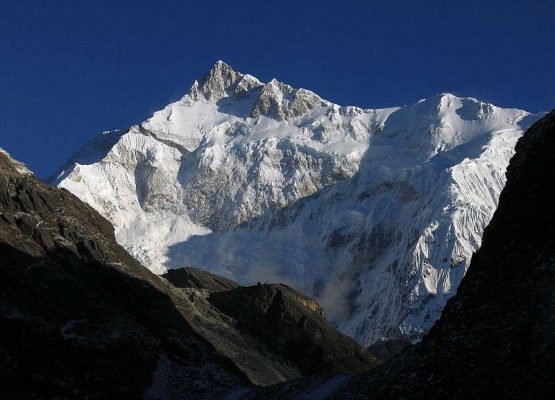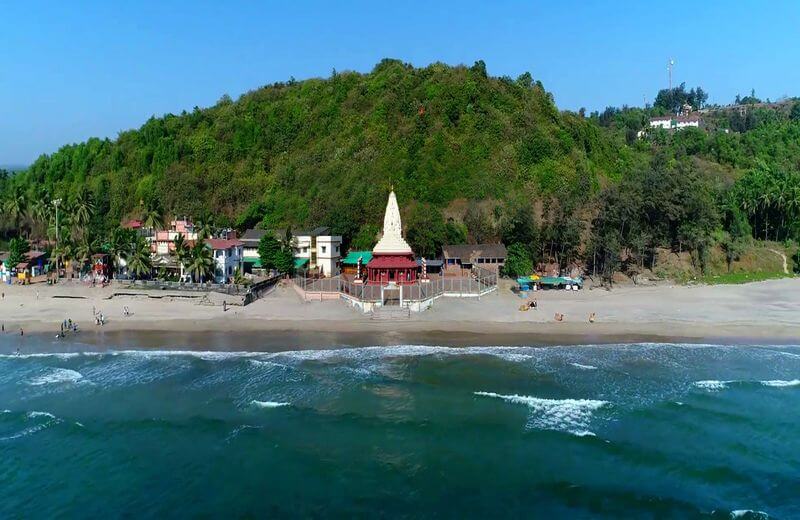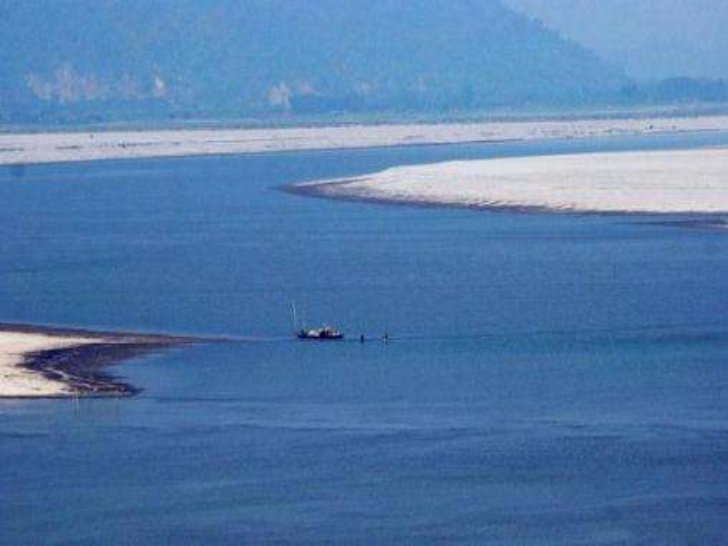- Home
- Geography of India
- Deccan Plateau --India
Deccan Plateau of India
Deccan Plateau a plateau that covers most part of South India. The states that come in the Deccan Plateau are Karnataka, Andhra Pradesh, Kerala, Tamil Nadu, Maharashtra and Telangana. The plateau covers over 43% of India’s landmass. The plateau is very big and one can see different climatic conditions, vegetation and habitats. It is one of the important geographical features of India.
Deccan plateau is one of the major geographical segments of India with following specific features
Geographically, India can be divided into following parts:
1. Northern mountains
2. Gangetic plains
3. Thar desert
4. Western, Eastern Ghats and coastal plains
5. Islands and
6. Deccan plateau
Deccan plateau is the oldest plateau. It was formed because of the huge volcanic eruption which happened for many years. When the volcanic eruption stopped the lava cooled and formed the Deccan plateau.
The plateau lies to the southern part of India between Western and the Eastern Ghats. The Deccan plateau is separated from Gangetic plain by Vindya and Satpura mountain ranges. In the South, the Indian Ocean is the boundary. It forms a triangular shape. The Deccan Plateau ranges from 300 m above mean sea level (MLS) on the northern side to almost 1000 m above MSL on the Southern side. The average elevation is 2,000 ft sloping towards eastwards.
Most of the base of the plateau is made up of Basalt (which is commonly found at the base of seas and oceans). The plateau is rich in minerals like mica and iron ore in the Chota Nagpur region and diamonds, gold in Golconda region. Recently Uranium has been discovered in some parts of Andhra Pradesh (Tummalapalle in Kadapa District) as well as in river Bhima basin in Karnataka.
History of Deccan Plateau
There is evidence to show the prehistoric human settlement in the Deccan Plateau. It dates back to the second millennium when the Aryans pushed the native inhabitants from the Indus river valley to the south. After the arrival of the Maurayan's in 300 BC the next important dynasty in the Deccan Plateau was the Satavahana Dynasty. From the 6th to 13th century Deccan plateau saw some of the important Dynasties like the Chalukyas, Rashtrakutas, Hoysalas and Yadavas. Several battles were fought between Chalukyas and the Chola's in the Deccan Plateau. There were also invasions from the Muslims rulers of Delhi Sultanate. The southern part of Deccan came under the rule of the mighty Vijayanagara Empire. In 1347 Bahamani kingdom was established as an independent dynasty.
Finally the Bahamani kingdom was dissolved in 1518 and was divided into five Muslim states of Golkonda, Bijapur, Bidar, Ahmednagar, Berur. These five states joined hands to defeat Vijayanagar Empire at the Battle of Talikot. In 1645 Shivaji established the mighty Maratha Empire. Finally Maratha was threatened by Mughal dynasty. In the past many famous dynasties have prospered in the Deccan Plateau at various times. Some of the dynasties are Vijaya Nagara, Chola, Cheran, Satvahana, Kadamba, Chalukya, Rashtrakuta, Maratha etc. After India got independence in 1947 all the Deccan states were incorporated into independent India. In 1956 the state reorganisation act recognized the states based on the linguistic lines.
In post independent India, The states in Deccan Plateau (Maharashtra, Andhra Pradesh, Telangana, Karnataka, Odisha, Tamil Nadu and Kerala) have been leading the prosperity in terms social and economic front as can be seen from the Human Development Index, rate of literacy, growth of GDP etc
Climate in Deccan plateau
Climate in the plateau varies from place to place. It is usually semi-arid to tropical in most parts of the place. The plateau receives rainfall from June to October in the monsoon season. Summers are hot and the temperatures can go up to 40 degree Celsius. The climate is much drier as compared to the coast. Agriculture is the main occupation of the majority of the people. Pulses, seeds, rice and cotton are some of the major crops grown in the Deccan plateau.
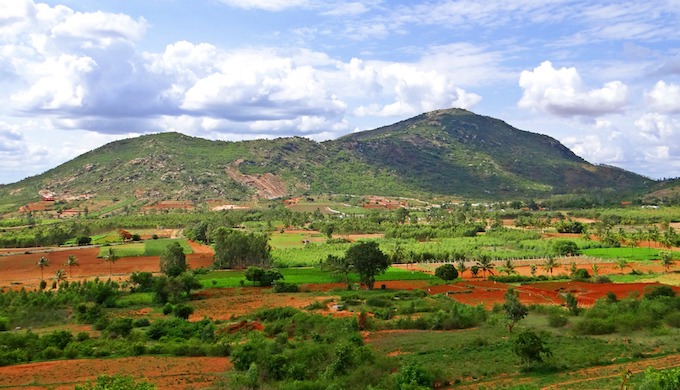
Update on coronavirus in India
Deccan Traps
On the North West part of plateau lies the Deccan Traps. The Deccan traps are made up of large igneous rocks or lava flows. The dark soil found in this place is suitable for growing cotton. The traps are found in the whole of Maharashtra, and some parts in Gujarat and Madhya Pradesh. The area of the Deccan trap is famous for bed fossils found between the layers of lava. This area is also one of the largest volcanic provinces in the world.
Due to the height of the mountains in Western Ghats, Deccan plateau receives less rainfall. Most of the rivers in Deccan plateau originate in Western Ghats and drain towards east and into Bay of Bengal. The major rivers of the plateau are Godavari, Krishna and Kaveri. The three major river basins drain the entire Deccan Plateau. Godavari basin drain the northern part of Deccan Plateau, Krishna basin drains the central part of the Deccan Plateau and Kaveri basin drains the Southern part of plateau.
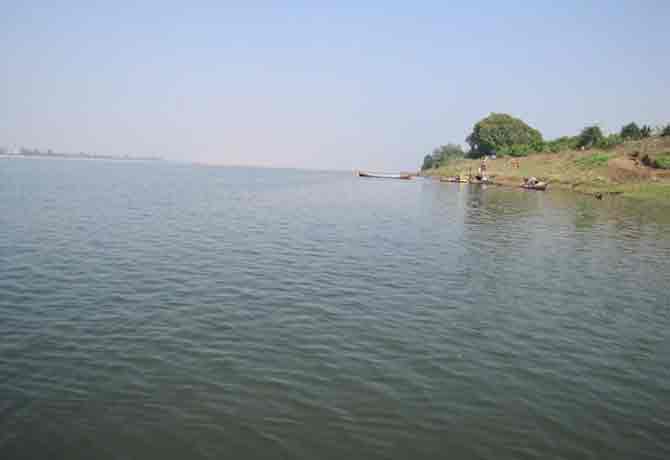
Tourism in Deccan Plateau
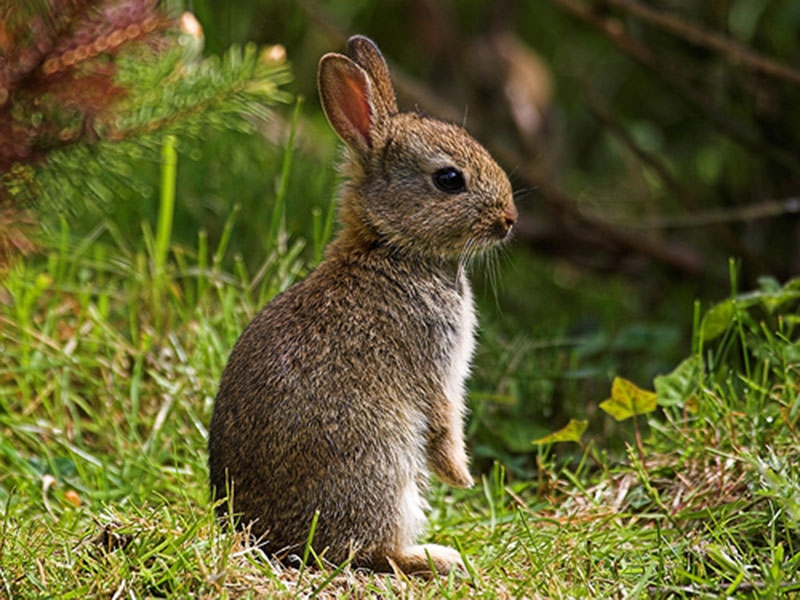 |
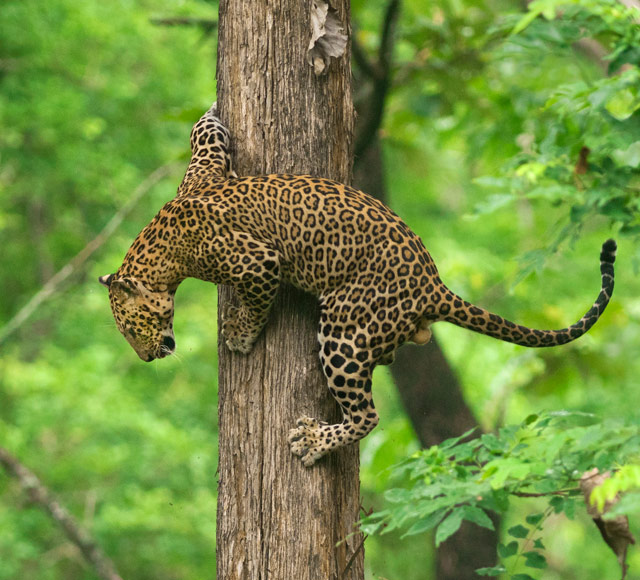 |
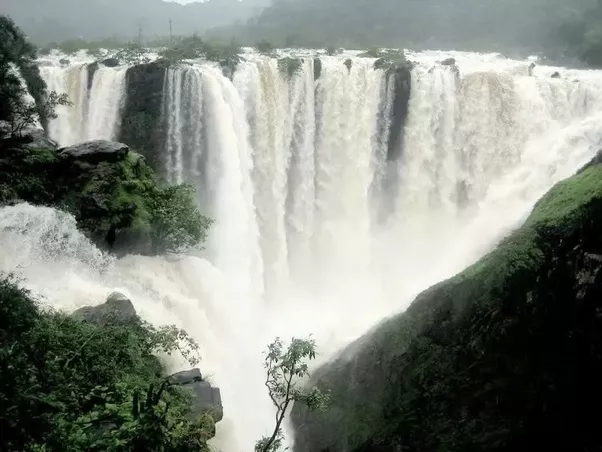 |
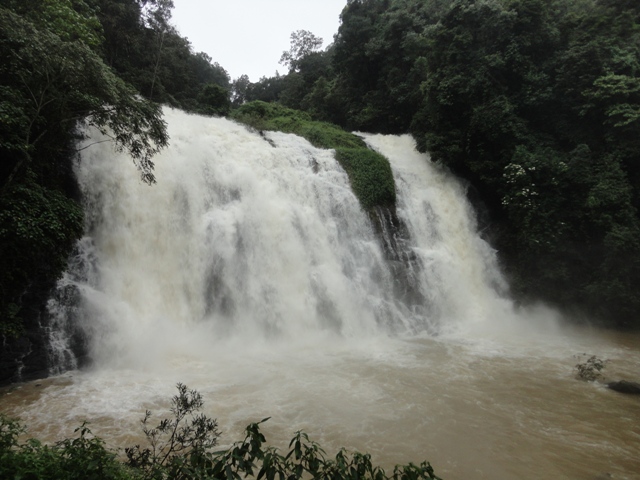 |
Deccan plateau is surrounded by two magnanimous mountain ranges on the east and the west known as eastern ghats and western ghats. Towards the north it is crowned by satpura ranges. With rich varied culture and heritage and natural resources Deccan plateau is one of the main tourist attractions in the world. Here is the list of some of the tourist attraction in Deccan Plateau:
Badami: Located in Karnataka is famous for beautiful cave temples. It was the capital of Chalukya dynasty
Bangalore: Capital city of Karnataka.
Hyderabad: Capital city of Telangana. Famous for Charminar and many other places.
Hampi: Located in Karnataka, Hampi is the world heritage site famous for temples, group of monuments and monolithic sculptures. The famous temple is the Virupaksha temple.
Bijapur, Bidar, Belgaum, Gulbarga all located in Karnataka have some historical monuments and forts
There are many other places like Mumbai, Ooty, Madurai, Tanjavur, Shravanabelagola, Ajanta and Ellora caves and many more
Affiliate Disclosure:
If you make any purchase via a link on this site, I may receive a small commission with no added cost to you.
